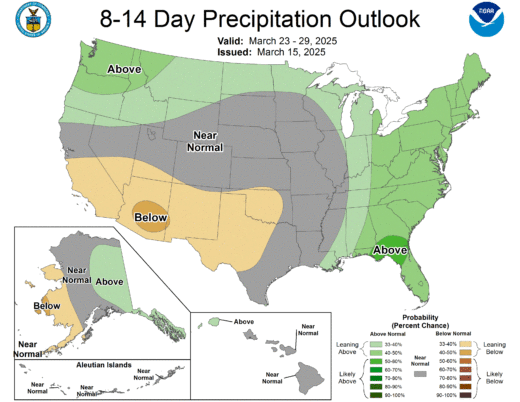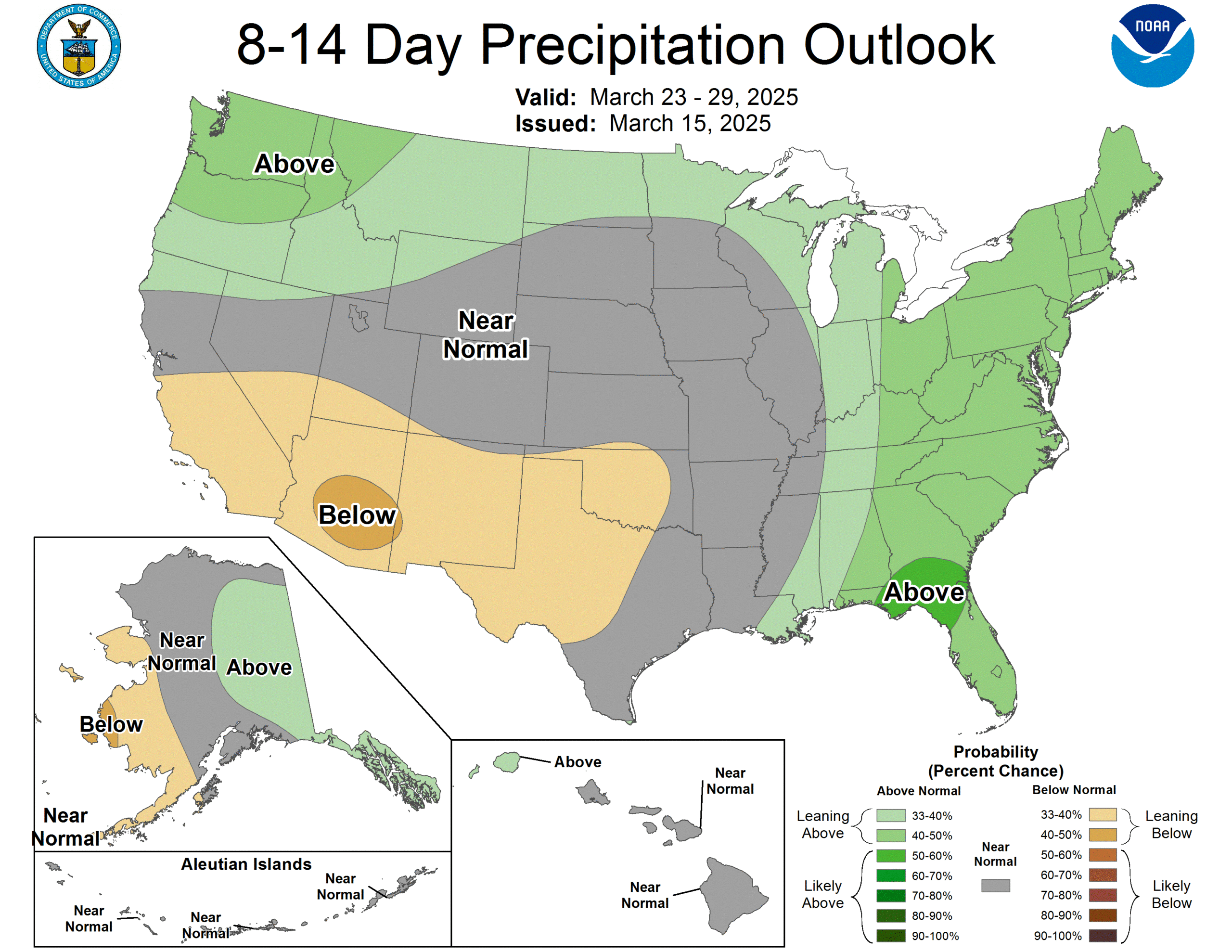More snow last week, a foot or more in most locations. The National Weather Service was forecasting up to two feet near the top of Mt. San Jacinto.
According to the NWS, the southern California Sierra mountains’ snowpack is about 84% of normal for the middle of March.

Since the beginning of the month the Hill has received nearly two feet of snow, which is much more than the long-term average of 9.6 inches in March. The annual average has been slightly more than three feet. Based on the short-term forecasts, more snow is unlikely this year.
This much snow was the product of a very strong atmospheric river combined with a strong cold front dropping into Southern California. This cold air set another local record. The high temperature on Friday, March 14, was 35 degrees. This was one degree colder than the previous high, set 50 years ago in 1975.
This storm did not surprise the meteorologists. Alex Tardy, Warning Coordination Meteorologist, in the San Diego NWS office, forecast the heavy precipitation and expectation of mountain snow, possibly as low as 3,000 feet.
“This could possibly be the largest snowstorm of the year,” he said on March 12.
But these precipitation events will fade as March ends according to the NWS. For the end of this week and the weekend, the forecast was that “. . . there will likely be even warmer and drier conditions going into the early part of next week.”
Longer term the NWS is predicting the current weak La Niña conditions will continue to fade with neutral (neither favoring an El Niño nor La Niña conditions) appearing by April and remaining possibly through summer (62 %).
“Looking toward the fall, the chances of La Niña increase. The October–December average has a tie between neutral and La Niña, with a lower chance of El Niño,” wrote Emily Becker in, “March 2025 ENSO update: neutral conditions expected soon”, online on March 13.
Drought conditions have not changed much since early this month. About 16 % of the State is without any drought conditions and about 14 % is considered in either extreme or exceptional drought conditions. But nearly 75 % of Riverside County is considered in an extreme or exceptional drought state.





